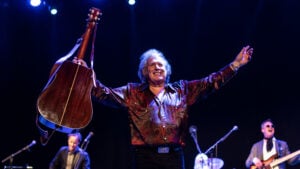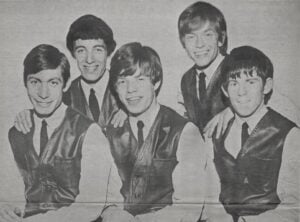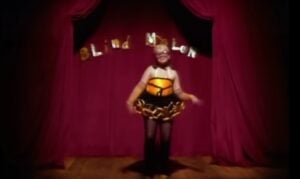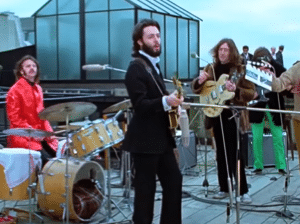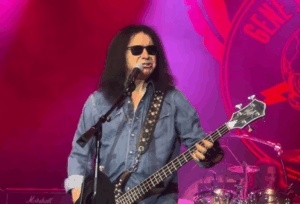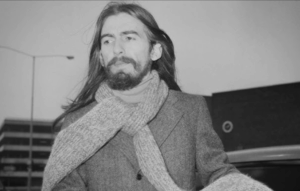10 Classic ’60s Albums That We Don’t Often See on Any List
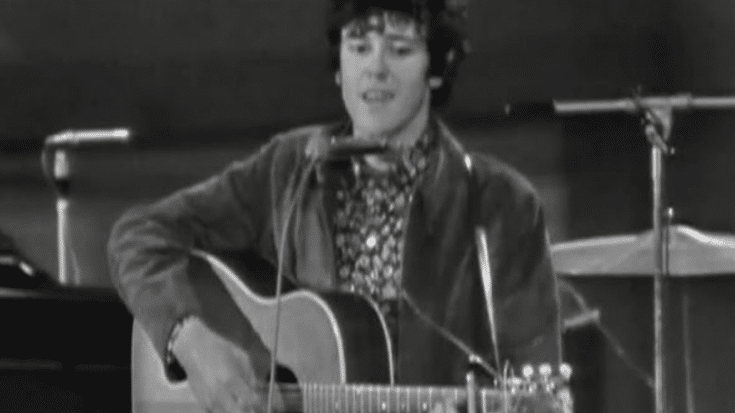
via Devin B. / YouTube
The 1960s gave us some of the greatest music of all time, but not every classic album from that era gets the spotlight. While some records are celebrated over and over, others remain in the shadows, even though they helped shape rock and pop music. Here are 10 underrated ’60s albums that deserve more recognition.
1. The Velvet Underground – The Velvet Underground (1969)
This album marked a shift for the band, moving away from their earlier experimental sound to a quieter, more introspective vibe. While it lacked commercial success, it showcased a deeper, more reflective side of Lou Reed’s songwriting. The songs here reveal the band’s softer, poetic approach.
Tracks like “Pale Blue Eyes” and “Candy Says” bring out emotional themes, contrasting with their earlier, edgier work. It may not have received the attention it deserved at the time, but this record has since become a cult favorite among fans and musicians who appreciate its raw honesty.
2. Odessey and Oracle – The Zombies (1968)
The Zombies released Odessey and Oracle at a time when the band was on the verge of breaking up, yet it stands as one of their most beautiful works. Known for its lush harmonies and thoughtful lyrics, the album features songs that blend melancholy with hope.
Though it failed commercially upon release, it eventually found acclaim, especially for tracks like “Time of the Season.” Its melodic structure and emotional depth make it a hidden gem from the ‘60s, often overshadowed by more popular British Invasion bands.
3. Forever Changes – Love (1967)
Forever Changes by Love is an album rich in orchestral arrangements, blending folk-rock with classical influences. Frontman Arthur Lee’s introspective lyrics and the band’s intricate melodies create an almost surreal atmosphere, capturing a mix of beauty and tension. It reflects the uncertainties of the late ‘60s.
The album didn’t gain much recognition during its time, but its haunting melodies and poetic storytelling have made it a classic over the years. Fans of psychedelic rock appreciate its depth, even though it remains lesser known compared to the hits of that era.
4. A Gift from a Flower to a Garden – Donovan (1967)
This double album by Donovan is an ambitious folk-rock project that rarely makes mainstream lists. Divided into two parts, the album explores themes of nature, spirituality, and innocence. It features a mix of whimsical melodies and introspective lyrics that reflect the mood of the late ‘60s.
Songs like “Wear Your Love Like Heaven” reveal Donovan’s softer side, while the second half offers more meditative tracks. Though Donovan was a well-known name in the ‘60s, this album didn’t receive the lasting praise of his peers, making it a hidden treasure for those who seek it out.
5. The Gilded Palace of Sin – The Flying Burrito Brothers (1969)
This album brought country rock to new heights, blending rock rhythms with country twang. Spearheaded by Gram Parsons, The Gilded Palace of Sin offered a fresh take on the genre, influencing future country rock bands. Its unique sound set it apart from the mainstream rock releases of its time.
Despite its innovative blend of styles, the album didn’t gain much commercial traction. However, it has become a cornerstone for fans of country rock and roots music. Its influence can be heard in countless bands that followed, even if it never got its due credit in the mainstream.
6. Safe as Milk – Captain Beefheart and His Magic Band (1967)
Safe as Milk was Captain Beefheart’s debut, filled with blues-inspired rock and a hint of the eccentricity he would later become known for. While it’s more accessible than his later work, it still offered a sound that was ahead of its time, blending gritty guitar riffs with unconventional rhythms.
The album didn’t reach a wide audience, but it became a cult favorite for those who appreciated its raw, unpolished energy. Its impact on the underground rock scene of the ‘60s is undeniable, even if it’s often overlooked in favor of more polished releases from the decade.
7. A Beacon from Mars – Kaleidoscope (1968)
Kaleidoscope’s A Beacon from Mars is an early example of psychedelic rock with a strong dose of folk and blues. The band mixed traditional sounds with experimental jams, creating songs that felt both earthy and otherworldly. Tracks like the title track explore long, winding instrumental sections.
Despite their innovative sound, Kaleidoscope never reached the heights of their psychedelic peers. The album is rarely mentioned in ‘60s retrospectives, but those who discover it appreciate the band’s boundary-pushing approach and the depth of their musicianship.
8. S.F. Sorrow – The Pretty Things (1968)
Often called the first rock opera, S.F. Sorrow tells a story through its songs, much like The Who’s more famous Tommy. The album’s narrative follows the life of Sebastian F. Sorrow, exploring themes of loss and disillusionment. It blends rock with psychedelic elements, creating a unique listening experience.
It was overshadowed by bigger acts and didn’t achieve commercial success, but over time, it has gained recognition as an ambitious and influential project. Its storytelling and experimental sound have inspired later concept albums, even if it remains in the shadow of more popular rock operas.
9. Moby Grape – Moby Grape (1967)
Moby Grape’s self-titled debut was a mix of rock, country, and blues that showcased the band’s versatility. It featured tight harmonies and catchy melodies, blending different styles effortlessly. The album was full of energy and creativity, capturing the essence of San Francisco’s vibrant music scene in the ‘60s.
Despite its promise, the album was poorly managed by the record label, resulting in a commercial disappointment. However, it has since earned a reputation among collectors and fans of ‘60s rock, who appreciate its blend of upbeat tunes and heartfelt ballads.
10. The United States of America – The United States of America (1968)
This one-album wonder used electronic sounds and tape manipulation, creating a futuristic feel that set it apart from other releases. The band’s use of synthesizers and experimental production techniques made it a unique listening experience, pushing the boundaries of what rock could be.
Despite its creativity, it failed to catch on with mainstream audiences and quickly faded into obscurity. Today, it’s seen as a pioneering work in electronic rock, influencing artists who came decades later. It’s a hidden gem that captures the experimental spirit of the ‘60s like few others.






